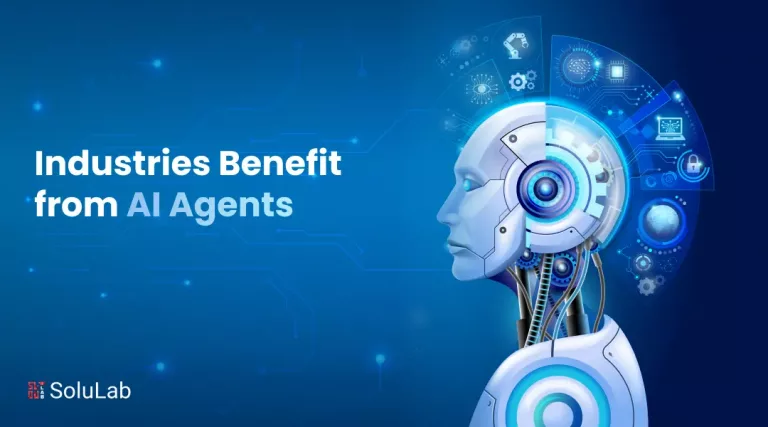
Following a proper software development structure can be highly valuable for your company. Instead of only development and launching, effective planning speeds up the process emphasizes core business requirements and helps manage a productive workflow.
Likewise, eliminating potential bugs and wasting efforts also can be possible with a proper software development company in usa. So, let’s condense our thoughts on learning the 9 best software development methodologies.
Lean Development Methodology
The lean development methodology is among the most popular software development methodologies. With this framework, the software manager aims to elevate a flawless development framework removing any counter-productive possibilities.
Developed in the mid-twenty century, lean development originated by the Toyota Foundation to enhance manufacturing efficiency. After gaining more popularity in the last twenty decades, software engineers adopted this framework in 2003.
To curate this methodology, ask your software developers to enlist activities that can hamper the software development process. After identifying time-wasting activities, you can eliminate or automate those tasks to improve the core-development process. Communication is one of the pillars of this software development system, which must be managed carefully and efficiently.
Prototype Methodology
Prototype software development methodology follows feedback and a testing-focused development system. In this development framework, developers streamline the development process to build a prototype version of full-fledged software.
After developing a prototype software, developers allow a limited number of users and testers to go through the software. Then, based on user and tester feedback, developers evaluate the development process and make software.
Through this process, developers can sense a ton of possibilities based on user feedback. As this process is made to find potential bugs, developers can also ensure software’s flawlessness during mass usage. Through prototype development and a successful testing phase, developers can start working on the final product with zero bugs.
DevOps Methodology
In contrast to any traditional software development methodology, the DevOps software development framework is designed to deliver software with high velocity and much-efficiency. This process combines effective tools and practices to facilitate software development, as both the development and the operational teamwork simultaneously function all the activities of a software life-cycle.
The main motto of this development process is the simultaneous performance of the development and operational team. Working together and formally, the DevOps system allows businesses to provide constant innovation and improvement, providing a better final product.
DevOps software development supports all kinds of businesses; the only demand is cultural change. Your business should follow the DevOps system after implementing new-age business development and organizing culture.
Waterfall Methodology
The waterfall software development process is among the oldest and simplest forms of software development. Like a waterfall, this software development system only follows simplicity and easiness throughout the process, making it understandable for people.
Likewise, a water stream never goes upward; the waterfall framework divides a software curation process with a step-by-step approach. Development and operation workers must ensure the proper flow; after completing one full step, they can go into the next one.
For amateur developers and businesses, the waterfall software development system is approachable. This system isn’t as flexible as the other ones, so if your software requires frequent plan-changing, this system isn’t for you.
Feature-driven Methodology
Popular in large business farms, the feature-driven methodology focuses on the feature-centric development of software. It facilitates building softwares in simple and short iterations, which leads to a timely finish. For large business software or heavy software projects, a feature-driven software development process provides great usability and velocity.
Invented in 1999, this software development process is highly customer focused. Firstly, clients inspect every feature; then, developers push it to the building code. This software development process follows a flexible approach and releases continuous features and improvements.
Spiral Methodology
A balanced combination of an iterative and waterfall software development framework, spiral software development is one of the most effective software development plans available. Especially preferable for large, heavy and expensive development projects, the spiral development framework initiates early risk management to remove all the counter-productivity from the development phase.
Similarly, developers explore and streamline development step-by-step. The main advantage of this process is risk management. A heavy risk management procedure highly helps developers in many ways.
Extreme Programming Methodology
Extreme programming methodology, or XP methodology, is made for software development in a highly-unstable environment. Likewise, this system also supports cost-effectiveness and extreme flexibility.
Through this process, software developers are also able to achieve time-effectiveness, as the XP framework is final product dependent.
Rapid Application Development Methodology
With user participation, time-effectiveness and high efficiency, the rapid action development process has the best of every other development framework. Proper planning and risk management are also a plus of RAD; this is one of the old software development strategies.
James Martin invented this software development process while working with IBM. Highly flexible with feature-driven and timely delivery, RAD is considerably the most used software development form.
Read Also: A 5-Step Guide To Successful Software Development Outsourcing
Scrum Development Methodology
Scrum software development is for highly-emerging fields, and fields require flexibility. With cutting-edge development technology, high velocity and continuous testing, the scrum framework is highly effective among software development systems.
Conclusion
These software development frameworks have both advantages and disadvantages. So, planning and efficient execution are more valuable than learning about these things. It is recommended to hire dedicated software developers or strategists to consult these strategies aligning with project requirements.
Author Bio
Akash Guha is a content writer with a grasp of different web content creation. He has an interest towards writing website content for multiple industries like blockchain, mental health and finance. Also, he is aimed to write simple and easy-to-understand content.
[/fusion_text][/fusion_builder_column][/fusion_builder_row][/fusion_builder_container]



